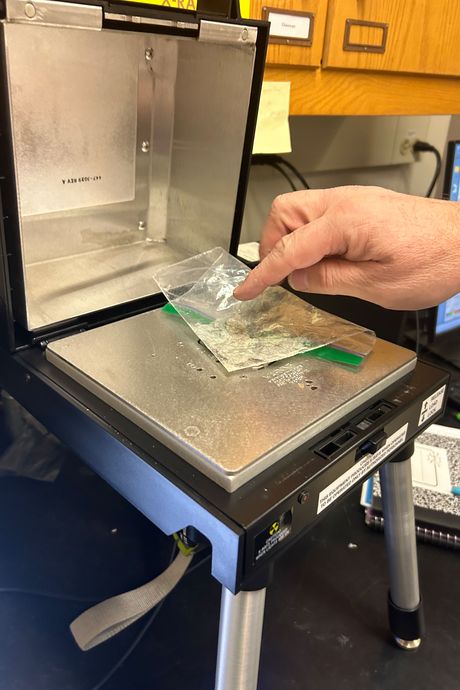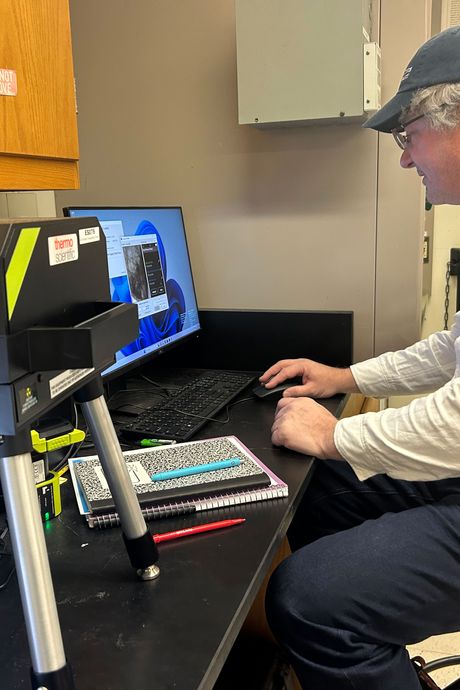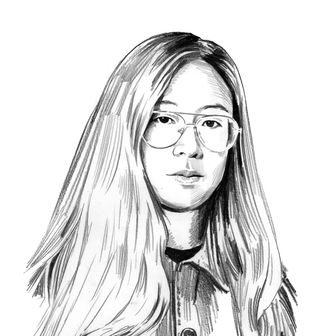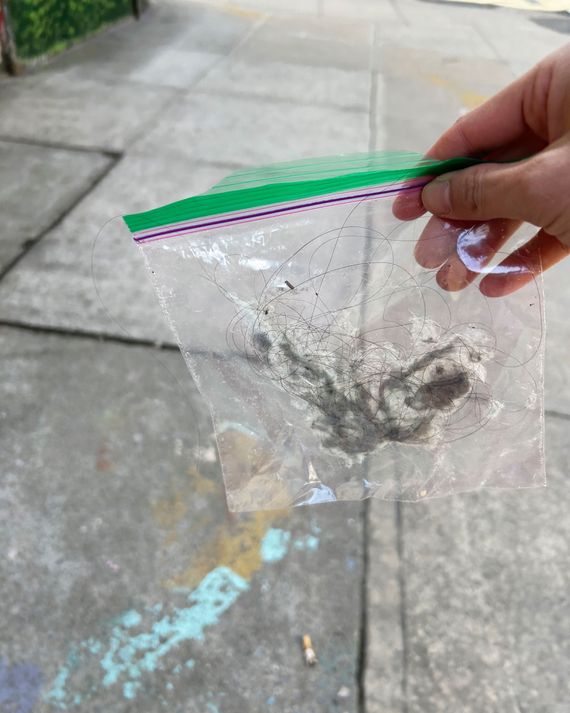
Walking into my apartment, you might think no one had been there for months. There is a thick layer of dust on nearly every surface — the dresser, the bookshelves, the mirrors. It gathers in the corners of my room, in long strings and fat clumps. Dusting doesn’t seem to help much, either: A surface I wipe down in the morning will be at least a little dusty by afternoon. In comparison, my parents’ house upstate is almost never dusty. I stayed there after they were away for months on a recent trip and marveled at how pristine the piano and coffee table were. It seemed unfair somehow. Was it me? My apartment? Is New York City just dustier than other places?
“The answer isn’t as easy as you think,” says Ben Bostick, a research professor at Columbia University’s Lamont-Doherty Earth Observatory, when I asked him if we lived in a uniquely dusty place. “There’s lots of dust in the world.” (Bostick is my go-to guy now when I have gross questions about living in New York.) In terms of air pollution — which produces particles that settle, eventually, into dust — New York isn’t even close to the top of the list. (That distinction goes to Bakersfield, California.) It’s also not a desert environment, which would have more obvious sources of dust. New York’s dust issues also aren’t entirely explainable by car fumes — another big source of dust.
But Bostick did have some theories about why I felt so plagued by the stuff. He guessed (correctly) that I lived on the first or second floor of my building, and pointed out that most of the fine particle dust in the city comes from pollutants like combustion from cars. While we may not have as many cars per capita as other cities that are more suburban and spread out, we do live closer to them. (In certain neighborhoods, like the South Bronx, proximity to truck pollution is especially bad, driving high rates of asthma.) “In New York, your house is right on the street and the windows are one sidewalk away from traffic,” Bostick said. All those particles just waft right in. There are other possible factors at play: The buildings in New York are relatively old — the median age of buildings is around 90 years — and many of them lack new air-filtration systems. A lot of indoor air pollution also comes from cooking, which, again, settles differently in a tiny apartment compared to a huge suburban kitchen. “Think of how many people essentially live in their kitchens in New York,” Bostick said.
Andrea Ferro, an environmental engineering professor at Clarkson University who researches indoor air quality, told me that she didn’t know of any specific studies that compared quantities of dust in homes between cities. But she had some ideas as to why New York might feel more dusty than other places. A lot of dust is just human skin particles. Since more people in the city live together in smaller spaces, that means all of our skin cells have less surface area on which to accumulate. “So it’ll pile up quicker,” Ferro says. (The clumps that form are usually held together by static electricity or hair.) It’s also probably why my parent’s house wasn’t that dusty after they had been away — they were off shedding their skin cells abroad. (They also don’t live off a heavily trafficked road, which surely helps.)
This was all helpful, but I wanted to know why my apartment, specifically, was so dusty. Bostick offered to test it and we met at Barnard (a school that I felt would welcome a woman holding a bag that contained not an insignificant amount of her own hair dust in the pursuit of the truth). Bostick put my Ziploc in a machine that looked a lot like a panini press. He turned it on and X-rays shot through my dust to determine what it actually was.


We sat by the computer as the machine did its thing. (Science, I’ve learned, is mostly waiting.) Finally, the results popped up, predictably and suitably gross: The top components were sulfur, calcium, and potassium — basically, the substances we’re made of. “The coarse dust is really mostly you,” Bostick said. “Hair has a lot of sulfur.” Next were metals like iron, zinc, and chromium, which Bostick said could come from a mixture of outside sources — soil or combustion from cars — but none of them were high enough to be concerning. Surprisingly, I also had very little lead, something that’s a common issue in city apartments.
Breathing in small particulate matter (smog, smoke) is where more of the health concerns are. There are ways to help mitigate the dust in your home, such as air filters or switching to an induction stove (good luck on that, New Yorkers). Bostick said that opening your windows while you cook can help and closing them if there happen to be certain times when, say, more trucks are driving by. Ferro also advises asthmatics to get rid of carpets in their homes, which she calls a “reservoir of dust.“
To complete our shared research, Bostick also lent me an air-quality monitor that we both agreed looked like a little hat. After hanging it off of my bookshelf for two weeks and comparing it to a nearby monitor outside, we could hazard guesses at a few more findings. First and most crucially: I was not a very good scientist. Somehow, days of data weren’t captured. Our second discovery was that I didn’t seem to have any unusual things happening inside or outside — like an influx of traffic during rush hour or a building issue — that would regularly generate huge spikes. (Instead I have a small but steadily unpleasant line of cars that incessantly honk.) But when the air quality in the city overall got bad, it took about half a day to get inside my apartment. (A day of rain brought everything back down again.) The worst indoor spikes came from when I was likely cooking. “I can tell you didn’t cook that much though,” Bostick said, which was intrusive and true.
“You should feel really pretty good,” Bostick said of my dust. In a way, this was comforting. I was, somehow, living in harmony with the skin cells and fossil-fuel byproducts that shared my apartment. But it was still gross. And an annoying chore. When I mentioned my endless upkeep to Bostick he offered another option: “You could just let it sit around.”






